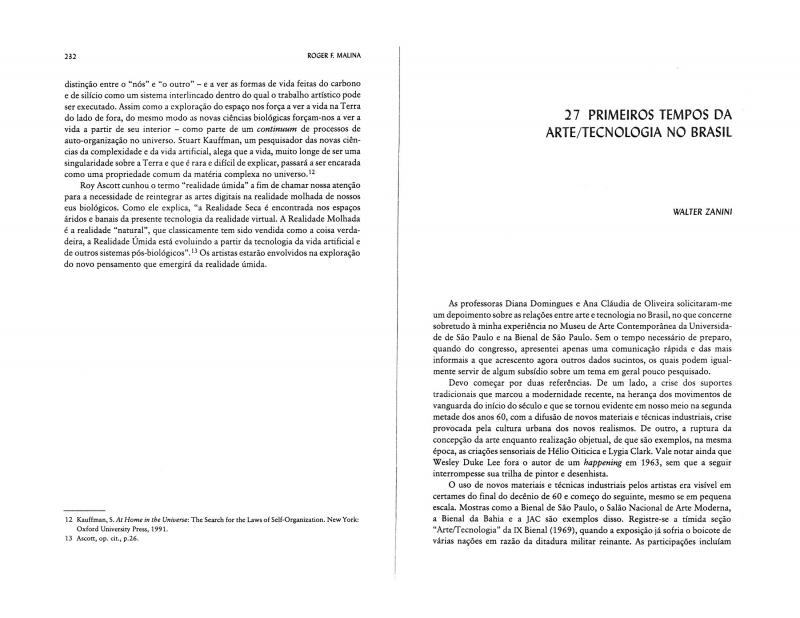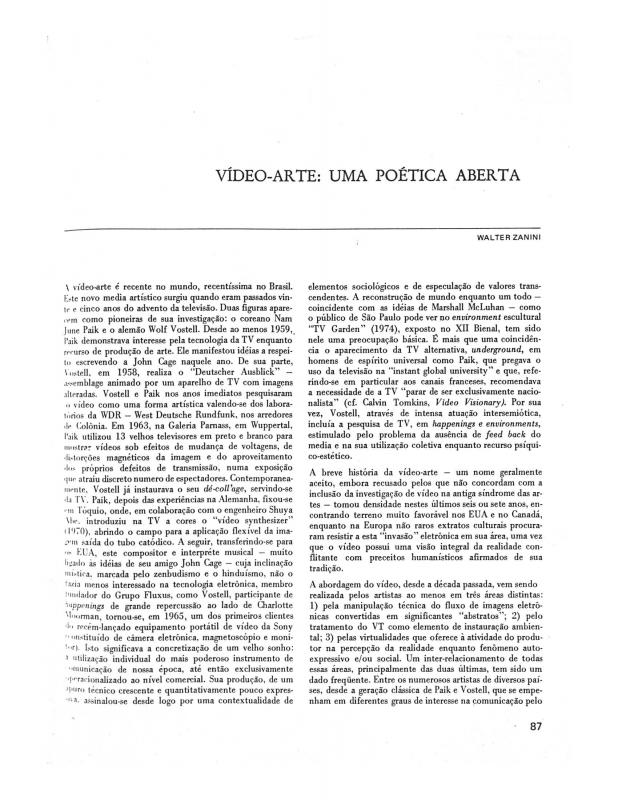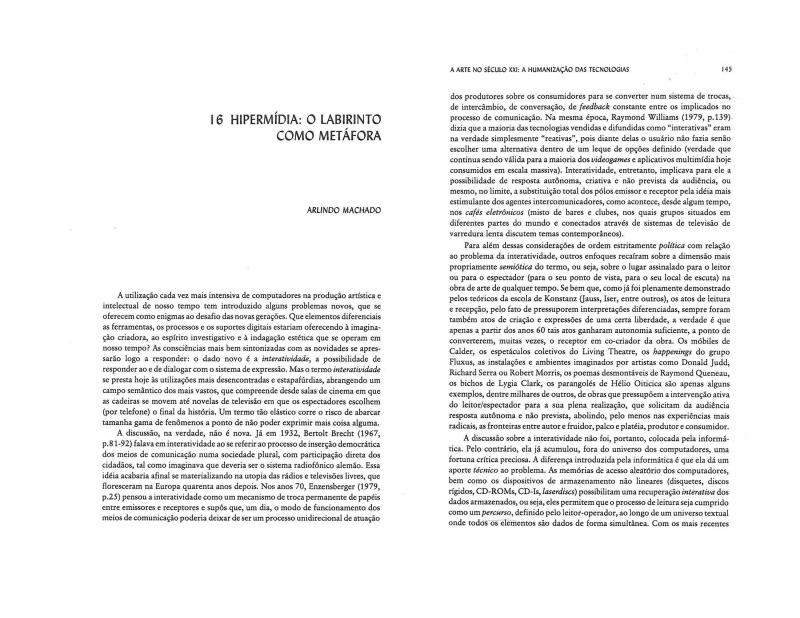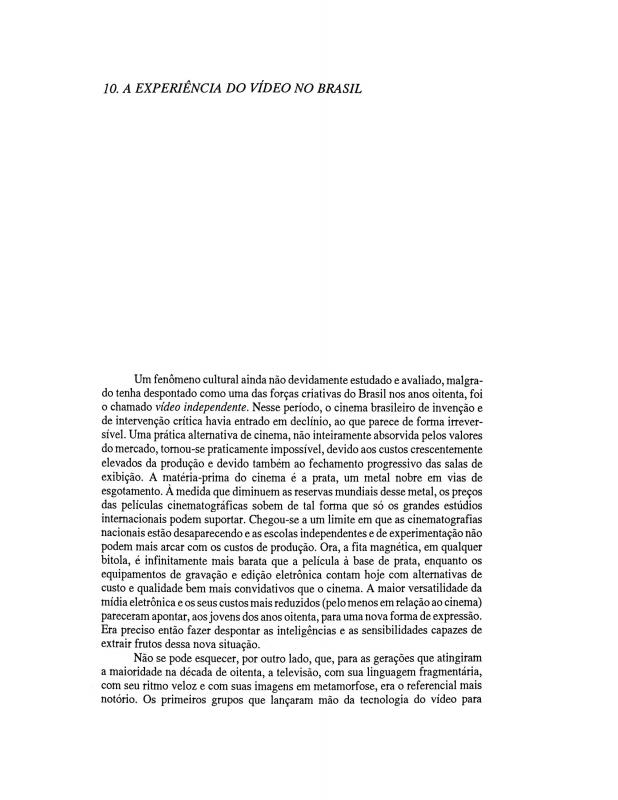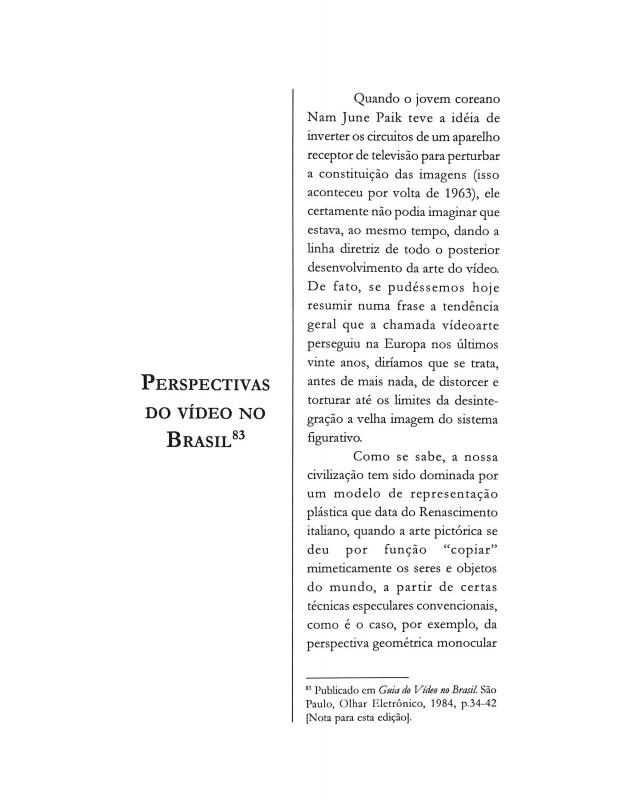Arlindo Machado’s book features essays on “iconoclasm” and on the status and power of images in the contemporary world. In this article, he upholds the need to delve into what images, in their iconographic discourse, have to teach us and to avoid the iconoclastic tendency that underlies contemporary thought. The author believes wholeheartedly in the role that images play in the edification of knowledge and culture
Arlindo Machado’s book A ilusão especular is based on his master’s thesis in Comunicação e Semiótica presented at the Pontifícia Universidade Católica de São Paulo. Published in 1984, the book had enormous impact on the visual art and photography communities. At the time of the publication, Machado had a column on photography, film, and the mass media in the newspaper Folha de S. Paulo. Like Stefania Brill at Íris magazine, Machado would become an important communicator of thought on photography throughout Brazil. In 1985, the year after Machado’s book was published, Vilém Flusser’s Filosofia da Caixa Preta was released and reviewed by Machado and by Brill. Also in 1985, Machado and Julio Plaza co-curated the show Arte e tecnologia held at the Museu de Arte Contemporânea da Universidade de São Paulo directed, at the time, by the dynamic Walter Zanini. Thanks to that exhibition, Machado became a leading theorist on art and technology in Brazil.
[For texts on art and technology by Professor Zanini, see the following in the ICAA digital archive: “Primeiros tempos da arte / tecnologia no Brasil” (doc. no. 1111029) and “Vídeo-arte: uma poética aberta” (doc. no. 1110892).
The many texts on art and technology by Arlindo Machado include “Hipermídia: o labirinto como metáfora” (doc. no. 1111111), “A experiência do vídeo no Brasil” (doc. no. 1111112), “O mito da alta definição” (doc. no. 1111113), and “Perspectivas do vídeo no Brasil” (doc. no. 1111114)].

